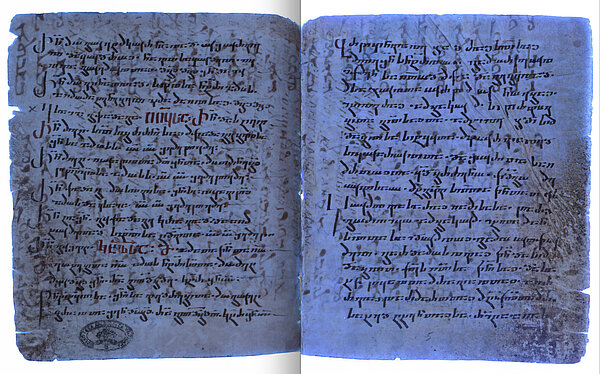“EurAsian Transformations” is one of five Clusters of Excellence funded by the Austrian Science Fund (FWF) that will start in summer 2023. Under the leadership of Claudia Rapp, Director of the Institute for Medieval Research of the Austrian Academy of Sciences (OeAW), the cultural heritage of Eurasia will be researched over the next five years. Four institutions with a total of 31 scientists will work together in the research network to explore this large region “in its historical depth and breadth” over 3,000 years, as Rapp emphasizes. Bridges to the present are also to be deliberately built by asking new questions. “Critically questioning terms and what they mean for our historical understanding is a central goal of our work,” says Rapp: “Up to now, migration has been considered in a much too fragmented manner. We hope to gain new insights if we perceive it in a larger context and see how one migration triggers another like a domino effect.”
EMPIRES, CLIMATE AND MIGRATION
“EurAsian Transformations” is a huge research project. How do you manage not to get bogged down?
Claudia Rapp: Through focused methods and a clear commitment to basic research. In concrete terms, this means examining relevant text sources, which we also want to pass on to a younger generation. Our teaching unit is about language skills and dealing with cultural heritage in written form. Digitally, we are supported by language programs that can read and decipher large amounts of data.
So, you hope that new methods will also provide a new perspective on history?
Rapp: We assume so. We focus on five major issues. The aspect “imperial dynamics and borders” explores the rise and fall of empires. One focus is on the border regions, which for their part occupy a special position because they absorb influences from several countries, mix them, process them and act as a mediator. An unbelievable cultural exchange takes place in these peripheral centers, which has so far not been sufficiently studied. The second topic is the ecological and economic transformation processes. Environmental history plays a major role here, because you can see what is shifting economically as a result of changing climatic conditions. Which leads to another topic, namely mobility and migration. Up to now, migration has been considered in a much too fragmented manner. We hope to gain new insights if we perceive it in a larger context and see how one migration triggers another like a domino effect.
BEYOND EUROCENTRISM
How can you avoid a one-sided, Eurocentric perspective?
Rapp: Cultural and linguistic diversity is our declared goal. We work together with partner institutions and extend our training opportunities to local PhD students and young researchers to get fresh perspectives on the material. We want to understand the significance of inscriptions in Sanskrit in specific regions, and their implications for local populations. Another area of our research delves into the construction of identity and difference. We explore the historical discourse surrounding identity, such as how individuals articulated their faith in times past. We also investigate the criteria that shape communities, be it through invoking a progenitor, language and cultural characteristics, specific forms of writing, or systems of governance. These inquiries encompass both historical contexts and the modern age.
So, you also want to build bridges to the present?
Rapp: We want to critically question what these historical discourses have triggered in modern research. Why have certain people been identified as German or Russian? What does the term Eurasia mean in research in different traditions? What does it still stand for in politics today? Putin’s war of aggression against Ukraine is seen by chief ideologue Aleksandr Dugin in the context of a theory about Eurasia in which Russia is supposed to play the leading role. Critically questioning terms and what they mean for our historical understanding is a central goal of our work. It is our mission to ask new questions based on sound knowledge.




